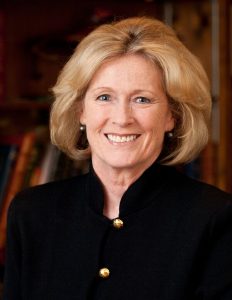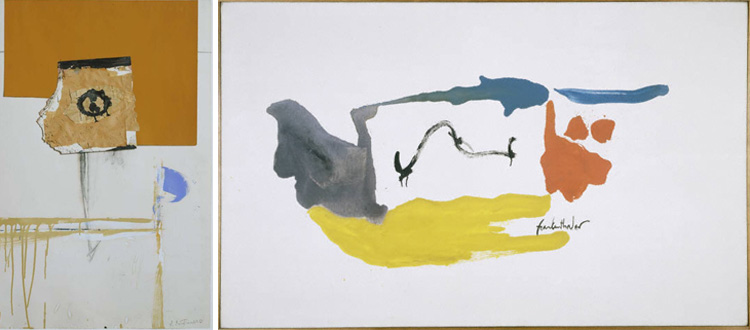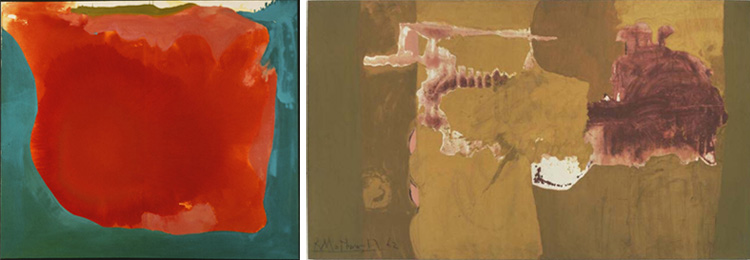In this series, Manager of Visitor and Family Engagement Emily Bray profiles volunteers within the museum. Phillips volunteers are an integral part of the museum and help in many ways: greeting and guiding guests through the museum, helping with Sunday Concerts, assisting patrons in the library, helping out with Phillips after 5 and special events, and so much more. Our volunteers offer a wealth of expertise and experience to the museum, and we are delighted to highlight several of them.
Carlye Christianson, Art Information Volunteer

Caryle Christianson
What year did you start volunteering at The Phillips Collection?
CC: 2011.
What do you see as the most valuable aspect of your volunteering?
CC:I started volunteering at the Phillips because I wanted to learn more about the museum and just learn something about art. I savor my education at the Phillips in both areas. As a lawyer and American history major, I spent little time over the years taking in this part of culture that expands our humanness. I am always grateful for what the Phillips has given me.
But I’m also grateful for my interaction with visitors to the museum. From comments I hear, it seems clear the assistance of the art information volunteers expands the enjoyment and knowledge visitors receive during their outing to the Phillips. I love conveying information and I have loved hearing stories of our visitors’ experience with the art, traveling collections, and stories of those who have prints of The Luncheon of the Boating Party or any of our collection on the walls of their homes.
I especially have taken great comfort in our younger visitors, many of whom at some tender age know more about art and its appreciation than I could probably ever learn. These children are so well spoken and thoughtful that I take great comfort in knowing that perhaps the future of our country may indeed be secure.
What do you do when you are not volunteering at The Phillips Collection?
CC: I am a lawyer, licensed in California and in the District. My first career was as a civil trial lawyer practicing in California. After moving to the National Capital Area, I focused on issues of management, operations and strategic development, principally for nonprofits. Recently, I have been working with SAE International, a standards development organization that focuses on aerospace and automotive standards development. My charge has been to develop two committees, one looking to develop mission-based standards UAS (Unmanned Aircraft Systems) pilot and operator certification, and the other focusing on aerospace cybersecurity.
My other work is teaching at the University of Baltimore. Some of this work has been teaching leadership, management, operations and presentation skills for students in the Certified Public Manager Program. Another part of the work has been in teaching data-based decision making to managers and analysts at the Social Security Administration.
What is your favorite room or painting here?
CC: This question is near impossible to answer. As to paintings, today, I would say either William Merritt Chase’s Hide and Seek or Helen Frankenthaler’s Runningscape.
If you had one word to describe the Phillips, what would it be?
CC: Based on the above, it is clear I never have just one word!
Share a fun fact about you!
CC: I am very fortunate to be able to do quite a bit of traveling. A year or so ago, we were in France and visited Chantilly, a quintessential French town which is next to a castle, huge and dare I say luxurious horse stables and a racecourse. After some touring and watching a horse race, we needed to rush on. I wanted to visit the Maison Fournaise in Chatou, the area celebrated by Renoir in The Luncheon of Boating Party, but we were late and we had some trouble figuring out where Chatou was. Then, just as we were giving up, on the freeway on the way back into Paris, there was a sign on the road directing us to the Maison Fournaise. Of course, we stopped. The restaurant was not serving at that particular time of day, but we were able to go inside anyway, sit on the deck and envision Renoir’s celebration. I always recall that day of our visit to Chatou whenever I stop and visit the Renoir here at the Phillips.
Is there anything else you would like to share?
CC: I think I have said too much already.



